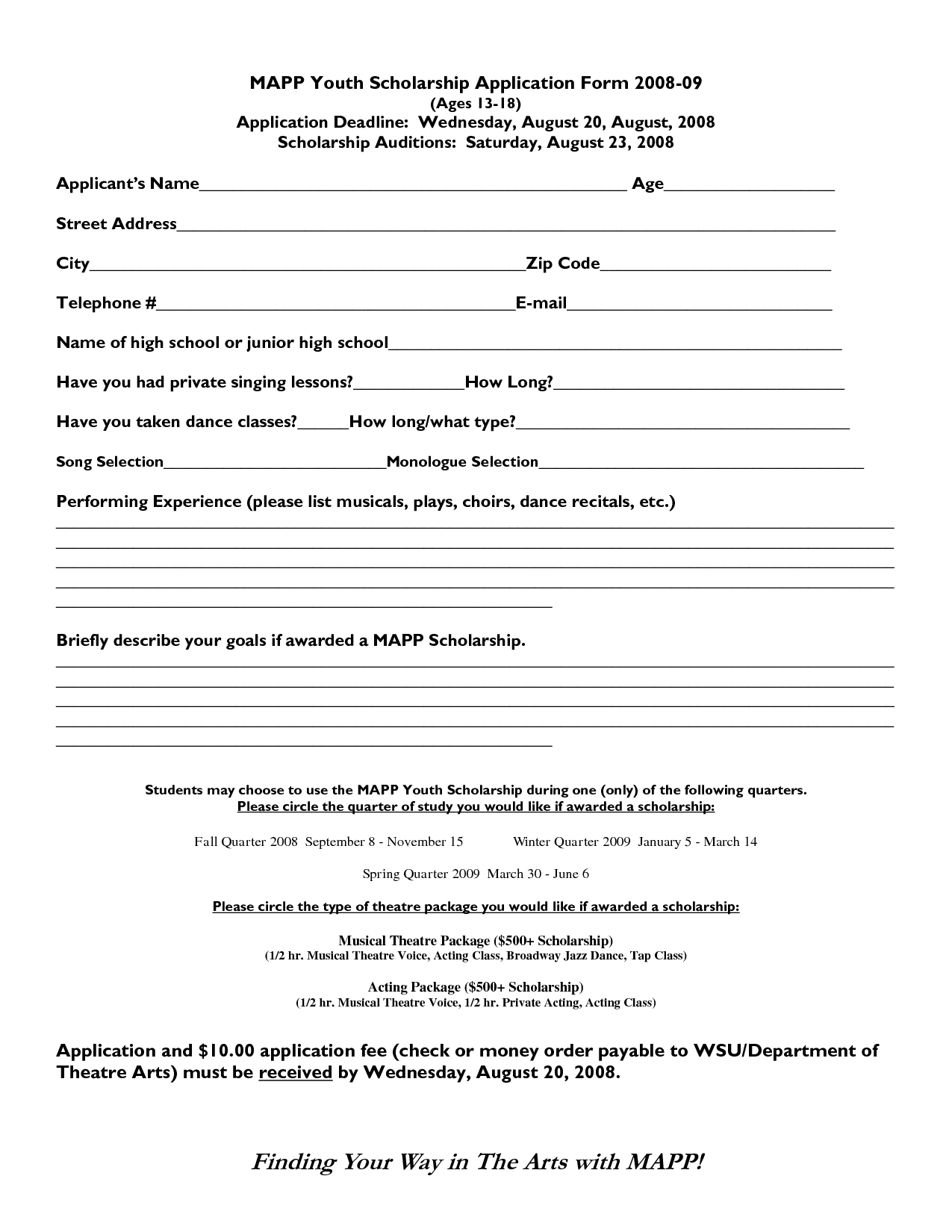Andrea Mantegna: The Agony in the Garden.
Interpretation of Lamentation over the Dead Christ by Mantegna. One of the greatest Renaissance paintings of the quattrocento, this tempera painting by the Padua artist Andrea Mantegna is probably the most famous example of foreshortening in the history of art.
Something all researchers can agree on, however, is that this painting is closely based on Andrea Mantegna's own Agony in the Garden which was painted about five years prior to Bellini's. In a further act of collaboration, Mantegna's painting was probably based on a sketch by Bellini's father, Jacopo.

The Agony In The Garden is a biblical story thet tells us the imminent arrest of Jesus after being betrayed by Judas. The two paintings of Mantegna and Bellini are different, the first difference is the scale, the two Jesus are looking in a different side, but they are united by the pray to God.

A Catholic Resource Site for Religious Education. Home. Contact.

Andrea Mantegna, The Lamentation over the Dead Christ The Lamentation over the Dead Christ is a c. 1480 painting by the Italian Renaissance artist Andrea Mantegna. ( 1 ) While the dating of the piece is debated, is generally believed to have been completed between 1457 and 1501. ( 2 ).

The Agony in the Garden (right panel of the predella of the San Zeno Altarpiece, 1455) National Gallery, London is the pinnacle of Mantegna's early style. Mantegna was born in Isola di Carturo, Venetian Republic close to Padua (now Italy ), second son of a carpenter, Biagio.

Also included are both artists’ interpretations of The Agony in the Garden (Mantegna’s dates from around 1455-56; Bellini’s from around 1458-60) from the National Gallery’s own collection, as well as their respective versions of The Descent into Limbo and The Crucifixion.

Giovanni Bellini, Italian painter who, in his work, reflected the increasing interest of the Venetian artistic milieu in the stylistic innovations and concerns of the Renaissance. He is best known for traditional religious scenes, which were later enriched by the development of broad, detailed landscape settings.
Andrea Mantegna, Agony in the Garden c1460 London, National Gallery. The drama occurs within sight of the walls of a most extraordinary city — Jerusalem has been transformed into a pink fairytale confection but, being Mantegna, it is a confection with a very hard edge.

Discover artworks, explore venues and meet artists. Art UK is the online home for every public collection in the UK. Featuring over 200,000 oil paintings by some 38,000 artists.

Browse essays about Mannerism In Art and find inspiration. Learn by example and become a better writer with Kibin’s suite of essay help services. It looks like you've lost connection to our server.
The Agony in the Garden (Mantegna) 11 X 14 Framed Print. Larger View. Item Details: The Agony in the Garden, left hand predella panel from the Altarpiece of St. Zeno of Verona, 1456-60, Mantegna. Find more items like this in:. The Printery House is making every effort to protect the environment by using papers that either contain recycled.

Giovanni Bellini's Agony in the Garden exemplifies the artist's early painting style, in which he employs the use of techniques presumably taught to him by his brother-in-law, the Paduan artist Andrea Mantegna. All the while, however, Bellini's own preference for the careful use of light to convey emotion contributes to the artistry of the piece.




